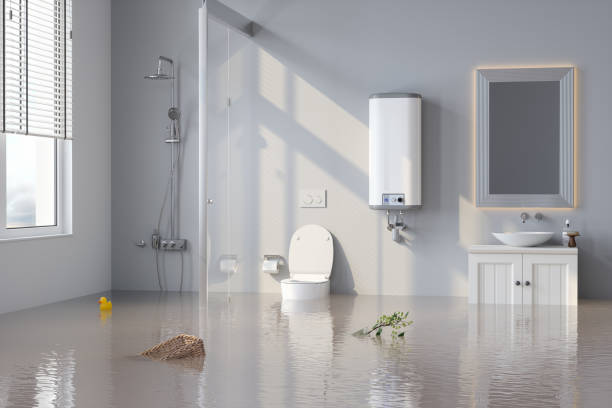Water damage can be a nightmare for homeowners. Whether caused by a burst pipe, a leaking roof, or a natural disaster, water damage can lead to significant property damage and even health hazards if not addressed promptly and properly. In such situations, it is essential to have a comprehensive guide to water damage restoration to navigate the process effectively.
First and foremost, ensuring safety before initiating any restoration work is crucial. Turn off the electricity and gas supply in the affected area to prevent potential hazards. If the water damage is extensive, it may be necessary to evacuate the premises until it is safe to return.
Once safety is ensured, the next step is to assess the extent of the water damage. This involves identifying the source of the water and determining the affected areas. It’s essential to act quickly, as water can seep into walls, floors, and furniture, causing further damage and promoting the growth of mold and mildew.
Removing any standing water as soon as possible is important to mitigate further damage. This can be done using pumps, wet-dry vacuums, or mops and towels for smaller areas. Extracting as much water as possible is crucial to prevent it from causing additional harm.
After removing the standing water, the affected areas must be thoroughly dried. This can be achieved using dehumidifiers, fans, and opening windows to promote air circulation. It’s important to remove any wet materials, such as carpets, furniture, and drywall, that cannot be salvaged to prevent mold and bacteria growth.
Once the affected areas are dry, the restoration process can begin. This may involve repairing or replacing damaged walls, floors, and ceilings. It’s important to consult with professionals to ensure the restoration work is done correctly and to prevent potential future issues.
In addition to structural repairs, addressing any potential health hazards caused by water damage is crucial. Mold and mildew can thrive in damp environments, leading to respiratory problems and allergic reactions. It’s important to thoroughly clean and disinfect all affected areas to eliminate mold spores and bacteria. This may involve using specialized cleaning agents and equipment to ensure a thorough and effective cleaning process.
It’s advisable to consult with professionals specializing in water damage restoration to ensure that all necessary steps are taken to restore the property and prevent future issues. These professionals have the expertise and equipment to assess the extent of the damage, remove standing water, dry the affected areas, and perform necessary repairs.
In conclusion, water damage restoration is a complex process that requires prompt and effective action. Following a comprehensive guide to water damage restoration, homeowners can ensure their safety, mitigate further damage, and restore their property to its pre-damaged condition. It’s essential to act quickly, consult with professionals, and take all necessary steps to prevent any potential health hazards. With proper restoration work, homeowners can recover from water damage and restore their peace of mind.

